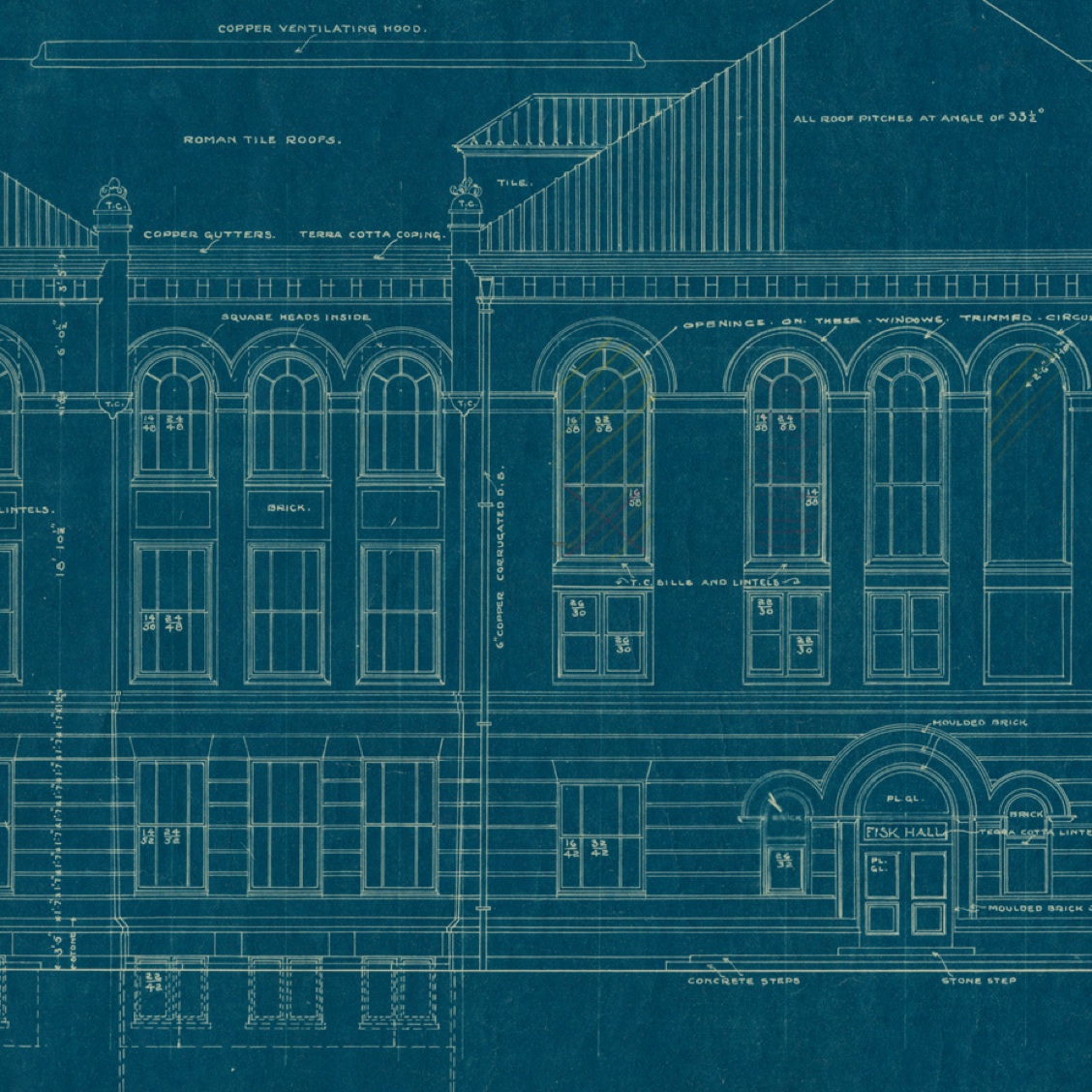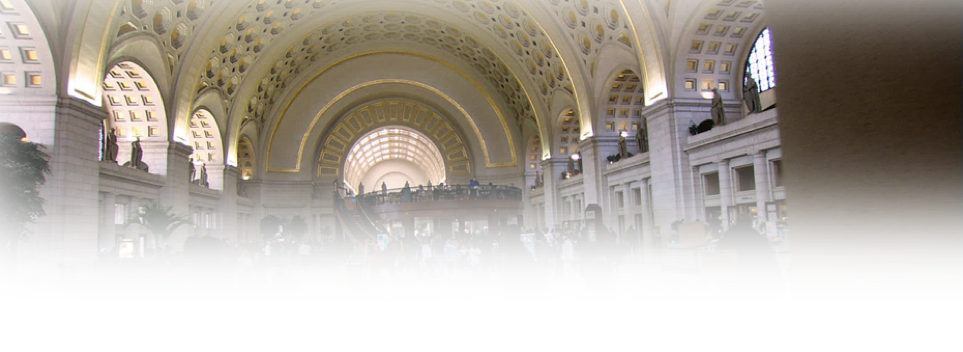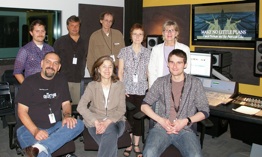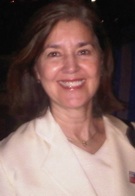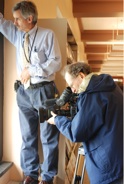As long as I can remember, I’ve been curious about buildings. I grew up in Buffalo, New York near some homes designed by Frank Lloyd Wright. One of my earliest schoolgirl memories is knocking on the door of a Wright house because it looked interesting. I asked the owner if I could come inside to look around. Remarkably, she let me. The spaces were amazing to me.
I trained as an architectural historian at Columbia University but it was while working at the State Historic Preservation Office in Connecticut that I became interested in telling stories about buildings to all kinds of audiences. Then we used slides. When I moved to Chicago, I began to produce stories on film and video for television broadcast and for historic properties.
